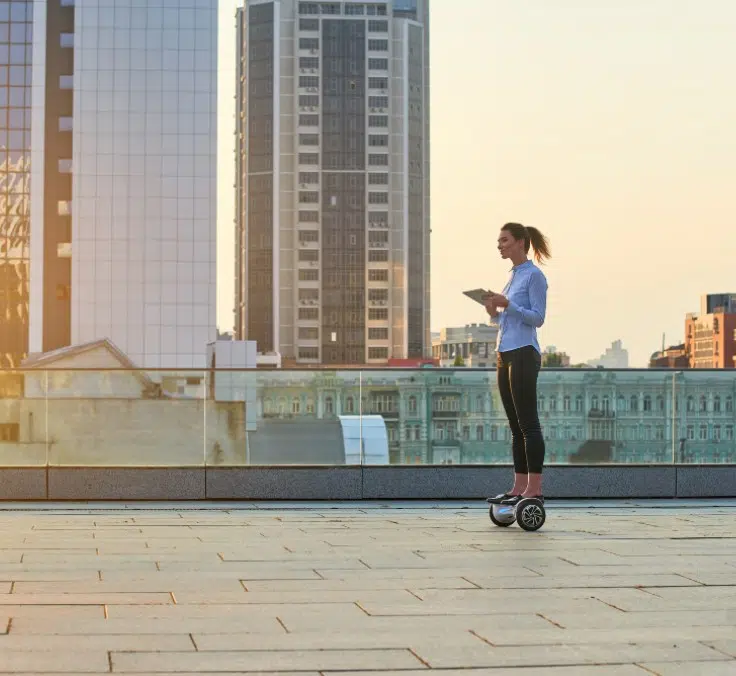SUSTAINABILITY| 03.08.2023
What are 15-minute cities?
As we move toward a much more sustainable system, we are adapting our way of life to the environment. This is why more and more experts are coming up with innovative proposals to slow the pace of climate change. One such example is the 15-minute city, which we will learn about today.
The 15-minute city is an urban planning concept that proposes designing cities where all essential services, such as supermarkets, pharmacies, schools, leisure, and workplaces, are within a 15-minute walk, bike ride, or public transportation journey from people’s homes. The aim is to reduce car use, travel times, and pollution so as to improve people’s quality of life.
Today, 56% of the population lives in cities, and, according to the UN, two-thirds of the population will live in one by 2050. Figures like these prompt us to rethink how we design cities. This is what led urban planner and Sorbonne professor Carlos Moreno to develop the concept of the “15-minute city” in 2016.
What characteristics does a 15-minute city have?
While there are many principles that define such cities, here are some common characteristics found in all of them:
- Proximity: these cities are compact centers where inhabitants live, work, shop, take their children to school, go to the doctor, and enjoy leisure activities without spending a lot of time commuting from one place to another.
- Sustainable mobility: proximity allows inhabitants to forgo using cars and promotes walking and cycling. Because of this, it is necessary to design pedestrian-friendly streets and create safer bicycle lanes. This saves people time and money while reducing pollution and improving air quality.
- Green public spaces: by designing cities for people rather than cars, streets are transformed into green spaces. This encourages citizens to interact with each other and use public spaces more. It also provides the city with “lungs” to clean the air and improve air quality.
What are the benefits?
Designing and implementing 15-minute cities takes time, infrastructure, and investment, but their individual, social, and environmental impact is enormous. We will elaborate on each of these below:
- Individual: by forgoing long journeys, people take time out of their day to invest in activities that add more value to their lives. In turn, walking or cycling outdoors generates a positive impact on physical and mental health.
- Social: public space is transformed into a place of social interaction, thus promoting a sense of belonging, as different sectors of society can converse, coexist, and create community.
- Environmental: reducing car use minimizes greenhouse gas emissions and noise pollution. In turn, green spaces improve air quality and lower temperatures during summer, among other benefits.
What are some examples of 15-minute cities?
Although reorganizing a city is not always easy, and not all cities can apply this concept, 15-minute cities have already become popular in different parts of the world. At present, there are 16 cities around the world that have adopted this approach:
- Paris: one of the first cities to implement these principles. This implementation included improving public transportation, reorganizing urban space, and setting up many bicycle lanes.
- Portland: this North American city is working to reorganize its streets. By 2030, the government wants 80% of its inhabitants to be able to carry out all daily activities within a travel distance of 20 minutes or less.
- Bogotá: while some measures are still being implemented, Bogotá is committed to moving forward with projects involving improvements in public transportation, urban planning, and the creation of green spaces.
- Melbourne: the government initiated pilot projects in 2018 to create self-sufficient neighborhoods where citizens have access to all necessary services within a maximum distance of 20 minutes.
- Copenhagen: known for its cycling culture and bicycle lane network, this city shares many of the principles of 15-minute cities, although it does not use this term explicitly.
At MAPFRE, we believe in innovation as a path toward a more sustainable planet, which is why our CESVIMAP research center remains committed to sustainable mobility as a way of getting around while reducing the environmental impact.
RELATED ARTICLES:




